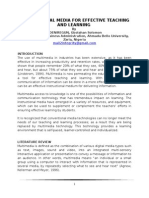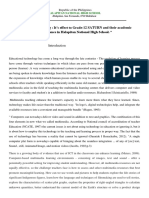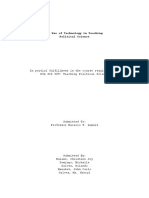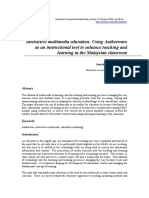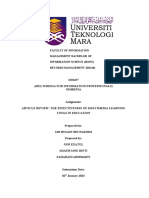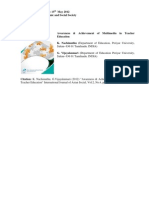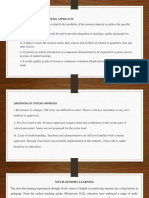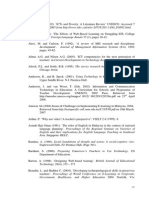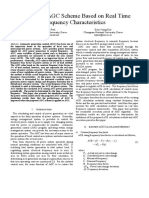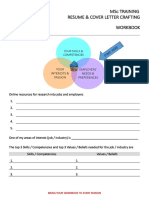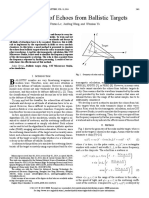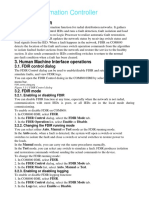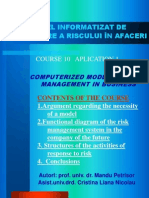0% found this document useful (0 votes)
7 views9 pagesEducation in Tree
The document discusses the role of multimedia in various fields such as education, social work, journalism, and medicine, highlighting its impact on learning and communication. It emphasizes the benefits of multimedia in enhancing engagement, personalizing learning experiences, and improving cognitive abilities, as well as its integration into modern teaching methods. Additionally, it explores the use of virtual and augmented reality technologies in creating immersive experiences across different disciplines.
Uploaded by
Antony Selvakumar ICopyright
© © All Rights Reserved
We take content rights seriously. If you suspect this is your content, claim it here.
Available Formats
Download as DOCX, PDF, TXT or read online on Scribd
0% found this document useful (0 votes)
7 views9 pagesEducation in Tree
The document discusses the role of multimedia in various fields such as education, social work, journalism, and medicine, highlighting its impact on learning and communication. It emphasizes the benefits of multimedia in enhancing engagement, personalizing learning experiences, and improving cognitive abilities, as well as its integration into modern teaching methods. Additionally, it explores the use of virtual and augmented reality technologies in creating immersive experiences across different disciplines.
Uploaded by
Antony Selvakumar ICopyright
© © All Rights Reserved
We take content rights seriously. If you suspect this is your content, claim it here.
Available Formats
Download as DOCX, PDF, TXT or read online on Scribd
/ 9
